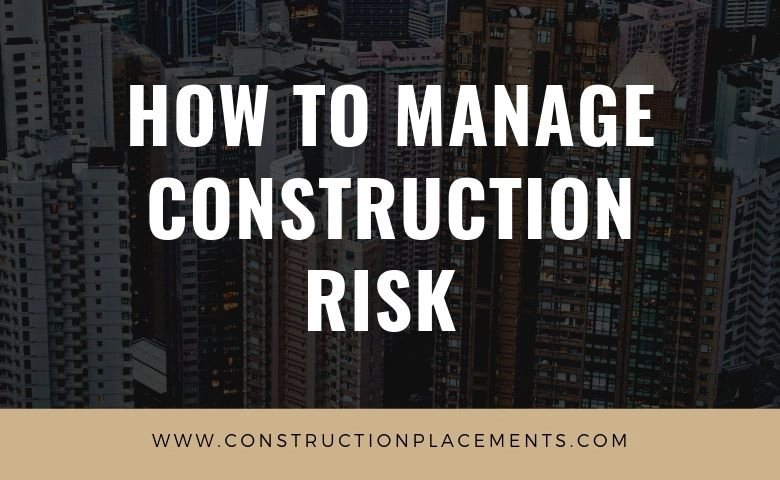Last Updated on April 18, 2023 by Admin
How prepared is your construction company against a project disaster?
Construction is a risky business. As a firm or an independent contractor, you’re most likely aware of the many risks inherent in construction projects. Whether making sure employees are safe on the job site or meeting the terms outlined in your contract, every construction project has its own set of hazards that can damage your bottom line. Nearly 30 percent of contractors fail because of management issues. Some of the common risks include:

Thus, construction risk management should be a critical step in your projects. An effective risk plan must have easy-to-follow, detailed processes to help you identify risks, control them, and then turn around to boost your business.
By setting the right strategies, your company will defend against disasters and open new business opportunities.
In 2022 and onward, costs and safety concerns will continue to rise as construction projects and technology become more complex. Check out the infographic below from BigRentz to guide the risk management process. You can also read about the various types of risks in construction projects?

Construction risk management starts with a commissioning stage to assess what needs to be improved from experience. The next step is an environmental risk assessment, including affecting people, buildings, and the outside environment.
Many inflection points in a construction project need to be assessed for risk. Estimating how much money will be spent on materials and equipment is critical for proper budgeting and budget control.
Related Posts:
- What is the difference between an EPC and a Turnkey project?
- Pros and Cons of Investing In Commercial Construction
- What You Need to Know About TILE
- A Guide To Construction Management Courses
Your construction risk management plan should ensure that you have all the proper safeguards to avert any negative impact if something goes wrong. The goal of a risk management plan is to protect your investment and keep layoffs at a minimum by mitigating any downturns so that your employees can work with less stress.
Your construction team should have access to documentation, crisis plans, and procedures for responding to emergencies. In addition, contractors should be required to provide training on hazards, site-specific safety programs, and formal pre-job safety meetings.
Managers should be familiar with how to discover risks, evaluate them on a personal level, characterize them, establish countermeasures for the business, and establish the financial status of the company.
They should also evaluate risks influenced by external factors such as environmental or political issues. Knowing how to find potential risk factors has proven beneficial to companies because it enabled an objective evaluation of their systems.
To manage risks at various stages of a project, certain essential phases allow you to do this. The preliminary feasibility studies should be done during the conceptual stage. This helps contractors understand the geology, topography, and issues that must be overcome before construction begins.
And once the financing and schematic design have been completed, you can start managing environmental and cultural sensitivities and arranging early external stakeholder and commercial agreements.


